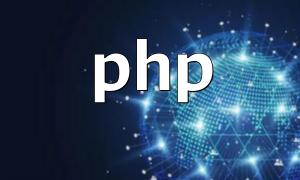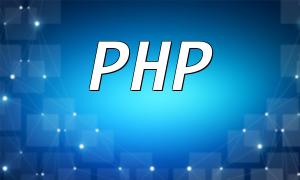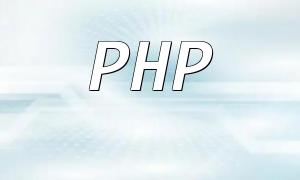In the world of web development, PHP remains one of the most widely used server-side scripting languages. However, as cyber threats evolve, securing PHP applications has become a critical concern. This article delves into essential PHP core-level security practices and vulnerability mitigation strategies, complete with code examples to guide developers in creating safer applications.
Validating user input is the first line of defense against security breaches. All incoming data should be rigorously sanitized to prevent malicious entries. PHP offers a variety of filtering functions, such as filter_var() and preg_match(). Here's an example that checks whether an email address is valid:
$email = $_POST['email'];
if (filter_var($email, FILTER_VALIDATE_EMAIL)) {
// Valid email address
} else {
// Invalid email address
}
SQL injection is a well-known and dangerous vulnerability. To prevent it, avoid directly inserting user input into SQL queries. Instead, use parameterized statements or prepared queries:
$stmt = $pdo->prepare('SELECT * FROM users WHERE username = :username');
$stmt->execute(['username' => $username]);
$result = $stmt->fetchAll();
XSS attacks occur when malicious scripts are injected into a webpage viewed by others. Escaping output using functions like htmlspecialchars() can neutralize these attacks:
echo htmlspecialchars($_GET['name']);
The PHP community regularly releases updates that fix known security issues. Keeping your PHP version current is a fundamental step in maintaining a secure environment.
Passwords should never be stored in plain text. PHP offers built-in support for secure password hashing with password_hash() and password_verify(). Here's a usage example:
// Storing the password
$password = $_POST['password'];
$hashed_password = password_hash($password, PASSWORD_DEFAULT);
// Verifying the password
$password = $_POST['password'];
$hashed_password = ''; // Retrieved from the database
if (password_verify($password, $hashed_password)) {
// Password is correct
} else {
// Password is incorrect
}
File uploads are common in web apps, but can be exploited if not properly secured. Best practices include:
$allowed_types = ['image/jpeg', 'image/png'];
$upload_dir = 'uploads/';
$file = $_FILES['file'];
if (in_array($file['type'], $allowed_types) && $file['error'] == 0) {
$file_name = uniqid() . '-' . $file['name'];
move_uploaded_file($file['tmp_name'], $upload_dir . $file_name);
}
Security is a non-negotiable aspect of PHP development. The techniques outlined above—including input validation, SQL injection prevention, XSS protection, secure password storage, and safe file uploads—are essential for building robust web applications. Developers must stay vigilant and continuously implement best practices to mitigate threats and safeguard systems.










